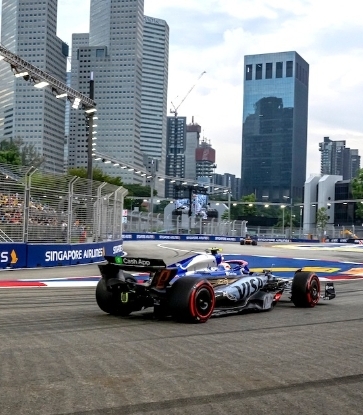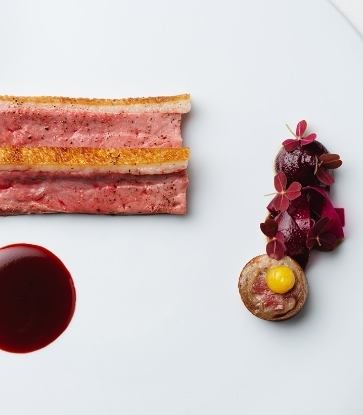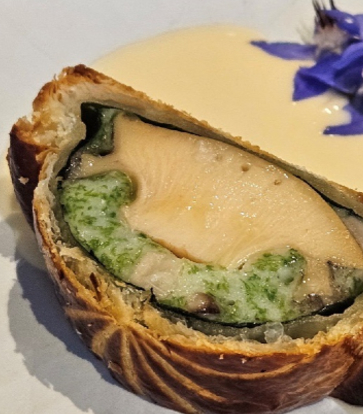The professionals who make up the inspection teams are true explorers with a passion for gastronomy. Travelling the world in search of the right restaurants to recommend to food lovers, they work across the 39 destinations that the MICHELIN Guide now covers. Dining in grand hotel restaurants, urban eateries, diminutive bistros, pubs and even at street food stands, an inspector chalks up more than 250 anonymous meals per year, and documents these experiences in detail in his or her reports.
RELATED: A Day in the Life of an Inspector
“The inspector behaves like a typical customer, so readers will subsequently have the same experience as he or she did.”
Far from the image of the stern, severe detective, scribbling down in a notebook their assessment of the dish they have just tasted, the inspectors — employees of the Michelin group — behave like any other customer, so as to ensure that readers will have the same experience as they did. Anonymity and independence are therefore their most useful weapons! So, they book a table — always under one of their assumed names — order, eat lunch or dinner, and pay their bill in full, just like everyone else.
But it must be said, not everyone can be an Inspector! The job requires concrete expertise coupled with specific skills. In addition to at least 10 years of solid experience in the restaurant and hotel industry, he or she must have a very fine palate, be able to put aside personal tastes to judge the cuisine of an establishment as objectively as possible, and have extensive knowledge of the produce, terroirs, and culinary cultures of the world.
Five criteria guide the inspectors during their assessments: the quality of ingredients; the mastery of culinary techniques; the harmony of flavours; the personality and emotion that the chef conveys in the dishes; and consistency throughout the entire menu and across different visits. These criteria, which constitute the touchstone of the inspection teams internationally, guarantee the homogeneity of the Guide's selections and, since they are only applied to the cuisine served by an establishment, make it possible to evaluate all types of restaurants and culinary offerings, from a food court in Taiwan to a restaurant in a luxury hotel in Paris.

In short, the Inspectors are true professionals driven by curiosity — inveterate connoisseurs with a passion for food. They love exploring culinary scenes across the globe, tracking the evolution of new destinations, discovering fresh talent, and sharing their top tips wherever they may be. Always at the forefront of their minds is the satisfaction of restaurant-goers, who rely on their recommendations.
“The Inspectors make each of their decisions in a collegial manner.”
Working as a team, the inspectors update their selection and make each of their decisions in a collegial manner, based on their respective visits to each of the restaurants over the course of the year. Again, the aim is to ensure that their recommendations are as objective and up-to-date as possible, and that the awards have the same value from Tokyo to San Francisco, Copenhagen to Istanbul.
The famous Michelin Stars are decided at special meetings attended by the International Director of the MICHELIN Guides, the local Editor and all of the Inspectors involved in making a selection. The Stars are the object of great attention, insofar as they are awarded unanimously. If any disagreement remains about an establishment, further visits are organised until a consensus is reached!
FURTHER READING: What is a Michelin Star?
Hero image : © Lauren Mortimer/Michelin




















